- پروگرامرها
- دما و رطوبت
- سایر ماژول ها
- سنسور بخار سرد
- کی پد و جوی استیک
- ماژول GPS-GPRS
- ماژول رله و سوییچ
- ماژول شبکه
- ماژول نمایشگر
- ماژول های RF
- ماژول های RFID
- ماژول های پخش صدا
- ماژول های پردازش تصویر
- ماژول های تاریخ و ساعت
- ماژول های تغذیه – ولتاژ – جریان
- ماژول های ذخیره داده
- ماژول های شتاب سنج و ژیروسکوپ
- ماژول های مبدل
- ماژول های محافظ شارژ باتری
- ماژول های مولد پالس
- ماژول ولتمتر و آمپرمتر
توضیحات
The PWM Speed Controller for 6-60V and 30A DC Motor is an electronic device designed to regulate the speed of motors that operate with direct current (DC), using the Pulse Width Modulation (PWM) technique.
This controller allows you to adjust the rotation speed of the motor in a voltage range between 6 and 60 volts, with a maximum current of up to 30 amps.
Specifications
Type: Speed Controller
PCB Color: Green
Input Voltage: DC6V-60V
Output Voltage: Linear with load(voltage drop at motor 2 terminals )
Output Current: 0A-30A
Continuous Current: less than 20A
Speed Range: 0% to 100%(variable)
Regulation Method: ON \ OFF linear potentiometer 270 degrees
Regulation Type: Regulating Current(cannot be used as a voltage regulator)
Control Frequency: 15KHz(pulse width)
Wiring Type: Screw terminal
Rotary Knob: 100K with switch(270°)
Size: 75x56x28mm
Speed controller operation
Its main function is to control the amount of energy supplied to the motor by regulating the width of the current pulses it receives.
This is achieved by varying the duration of the pulses of electrical energy sent to the motor, thus allowing the motor’s rotation speed to be increased or decreased.
Applications
This type of controller is widely used in applications where precise speed control is required, such as in automation systems, robotics, vehicle engine control, industrial machinery and other applications that depend on the control of DC motors for their operation.
Speed Controller Warnings and Uses
1. Before connecting the controller, please make sure the power is off.
2. Includes fuse for short circuit protection and reverse connection.
3. The input voltage of the controller had better be the same as the rated voltage of the motor.
4. Please use DC power supply, do not directly use 220V – 127V household alternating current (AC).
5. At a current of 10 A in a long duration of work make sure that the heat dissipation works properly, a larger heatsink works on the output transistor and/or fan.
6. Do not interchange negative and positive power charges, as it may damage the controller.
7. To change the direction of the motor, swap the positive and negative motor cables.
Hertz to Revolutions per minute conversion
Frequency is a way of describing oscillatory motion, such as that of a particle or wave. This describes the time it takes for a movement to repeat itself. It is measured in hertz, which is one oscillation per second or 1/second.
Revolutions per minute (RPM) denotes circular motion, or the rotations completed by an object around an axis. In motors, it tells us how fast they rotate when not under load.
There is a relationship between the frequency of a motor and RPM to transform from one unit to another.
This equivalence indicates that we can convert a speed expressed in RPM to a frequency expressed in Hz using the following equality:

inversely
![]()
For example, if a motor runs at 65 Hz (makes 65 revolutions per second), what is RPM?
For which we would be applying the second formula having that this motor works at 3900 RPM.
نظرات (0)
اولین نفری باشید که دیدگاهی را ارسال می کنید برای “ماژول کنترل دور موتور 30 آمپر”
محصولات مشابه
ماژول درایور استپ موتور A3967
۱۳۵,۰۰۰ تومان
ماژول سیگنال ژنراتور PWM دو کاناله به همراه نمایشگر
۱۰۸,۰۰۰ تومان
ماژول کنترل دور موتور 10 آمپر PWM DC 10A
ماژول کنترل دور موتور 3 آمپر 1203B
تماس بگیرید
ماژول سیگنال ژنراتور PWM
ماژول کنترل دور موتور 10 آمپر
۱۹۰,۰۰۰ تومان
ماژول درایور استپر موتور ULN2003
۵۵,۰۰۰ تومان
ماژول تستر سرو موتور
۱۴۵,۰۰۰ تومان




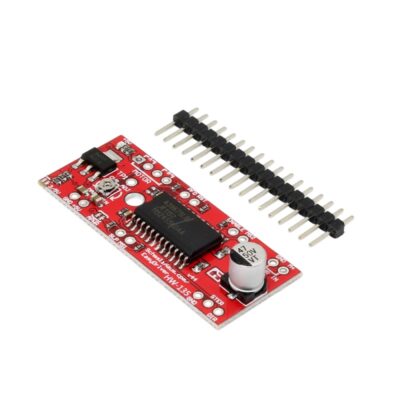
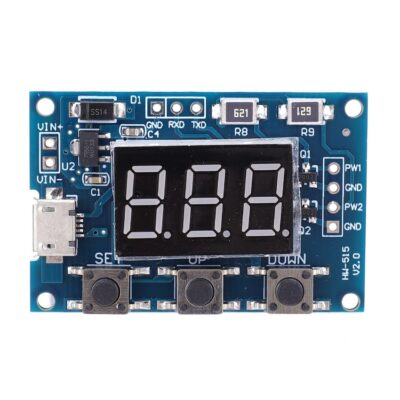
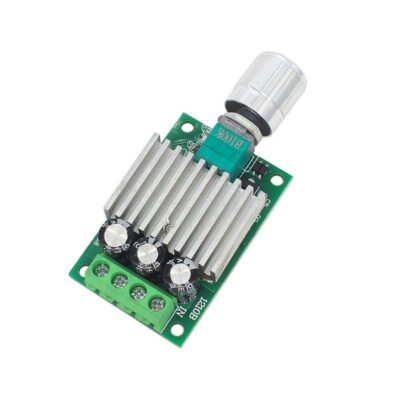

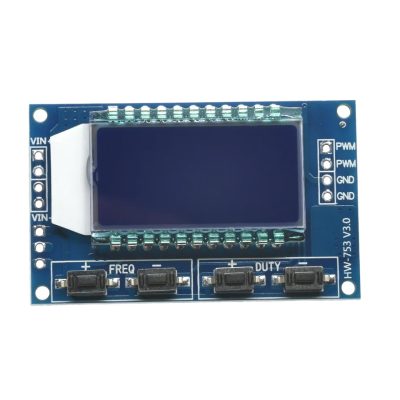
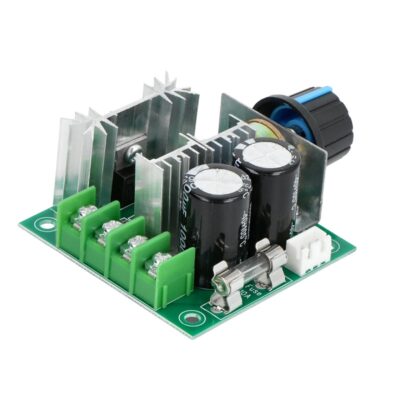



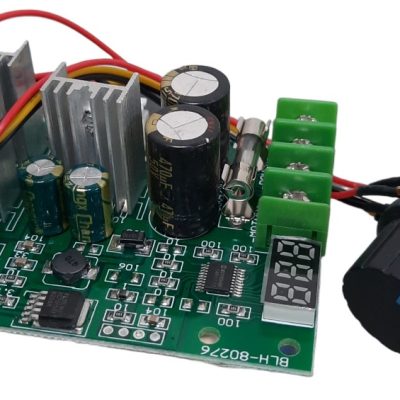
دیدگاهها
هیچ دیدگاهی برای این محصول نوشته نشده است.